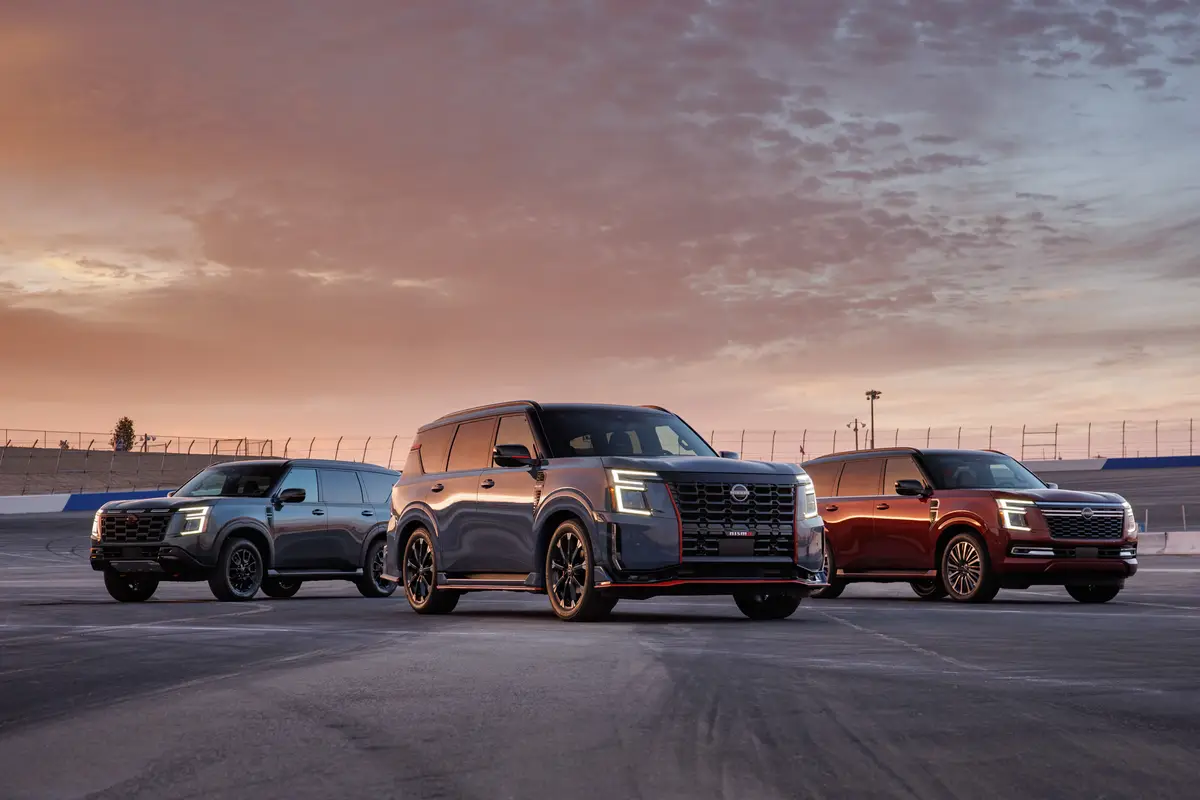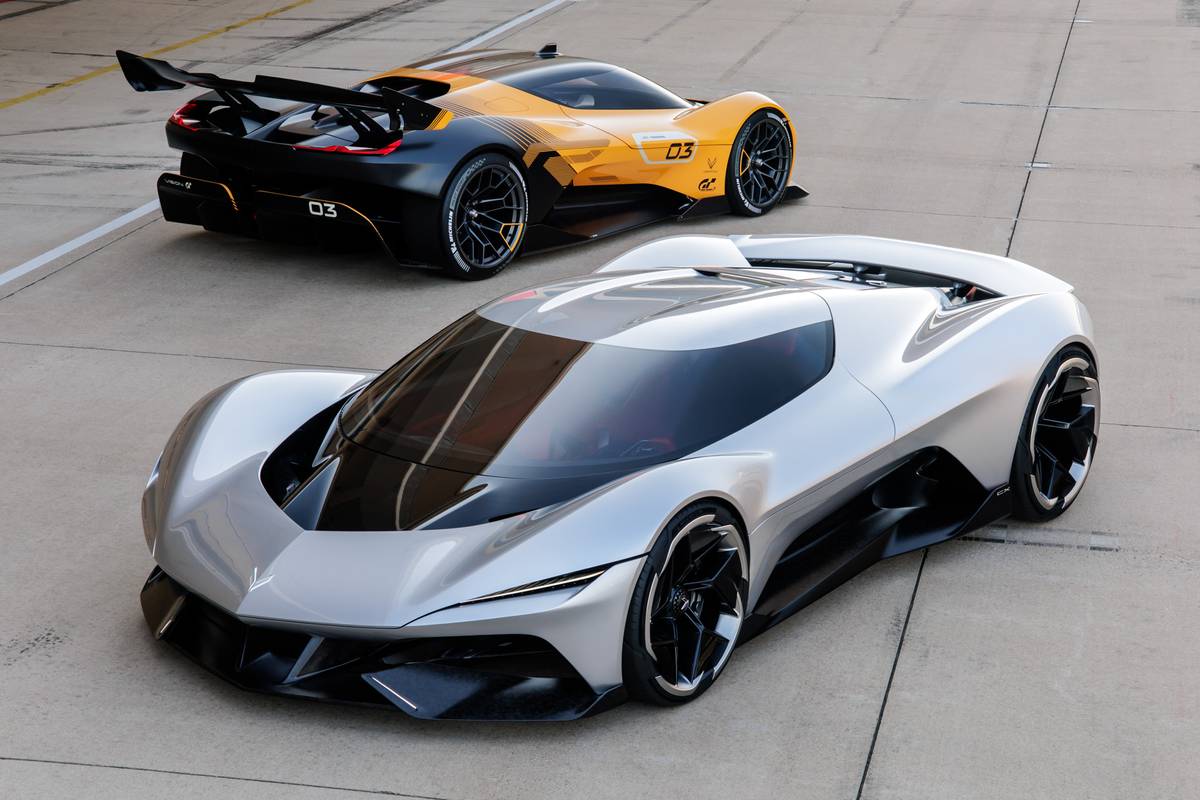chicagotribune.com's view
Hyundai is tired of being considered the blue-light special of the auto industry.
“Years ago dealers would ask us to take back some of the cars in their inventory, but now they’re asking us to give them more,” said Hyundai spokesman Jim Weber, noting, for example, that the Santa Fe sport-utility vehicle and XG300 sedan are in short supply and high demand.
With sales expected to reach 320,000 for ’01, up from 244,000 for ’00, the South Korean automaker thinks it’s time folks look at Hyundais as something other than low-cost, new-car alternatives to used cars. The newest image builder is the compact Elantra GT companion to the Elantra GLS sedan. The GT, which bowed in late July, is a sportier, four-door hatchback derivative of the GLS with traditional trunk.
“Elantra has long been known as a value-for-the-dollar car, and it was time to add a little sportiness to the lineup,” said Weber.
The GT isn’t going to breathe fire or deposit several millimeters of radial ply rubber on the pavement when it leaps from the light. The GT shares the 2-liter, 140-horsepower 4-cylinder with the GLS, meaning high-mileage (24 m.p.g. city/33 m.p.g. highway) rather than low zero- to 60-m.p.h. times.
Other than styling, the big difference between the two is that the GT comes with firm sports suspension with gas shocks and specially tuned spring rates to deliver more precise handling and quicker steering response than the regular and more softly sprung GLS.
Hyundais long have meant function; GT adds a dash of fun.
While it has nothing to do with performance, the GT comes with white gauges that turn purple at night. Purple looks good and makes the gauges easier to see than most blurry red or green gauges.
Base price of the ’02 Elantra GT is $13,999 ($12,499 for the GLS). Standard equipment includes four-wheel disc brakes, 15-inch radial tires, leather seats, air conditioning, cruise control, power windows/locks/mirrors, trip computer, remote keyless entry, remote fuel door release, rear window wiper/defroster, tilt steering, AM/FM stereo with CD, split folding rear seats, fog lamps, dual front and side air bags and rear child safety locks. A lot for the money.
Best to add anti-lock brakes at $525, yet to do so requires buying the optional power moonroof at $650. No matter how you disguise it, that means ABS runs $1,175. Add $800 for automatic, and the sticker is just under $16,000.
As for other ’02 changes, the highly successful XG300 sedan that bowed for ’01 (two-month order backlog) becomes the XG350. A 3.5-liter, 194-h.p. V-6 that develops 216 foot-pounds of torque at 4,000 r.p.m. for lively off-the-line movement replaces the 3-liter, 192-h.p. V-6 that developed 178 foot-pounds of torque at 4,000 r.p.m. And 16-inch radials replace the 15-inch treads.
The midsize Sonata gets a facelift. The base Sonata sedan keeps its 2.4-liter, 149-h.p. 4-cylinder and 15-inch radials, but the GLS and LX get the 2.7-liter, 181-h .p. V-6 from the Santa Fe to replace a 2.5-liter, 170-h.p. V-6. Sonata also gets the Shiftronic clutchless manual transmission from Santa Fe.
The Tiburon sports coupe, unveiled this week at the Frankfurt Auto Show, gets a redesign. But it won’t be in showrooms until January as an ’03 model, with climate control, air conditioning and the 2.7-liter V-6 as standard, a 6-speed manual and 17-inch radials as options. Hyundai will sell ’01 models until the ’03 arrives. Still no minivan or small pickup.
“We can’t fill demand for Santa Fe [built off the Sonata platform], so we don’t need a minivan,” Weber said. “And there’s no reason to bring a pickup to the U.S. because there’s a 25 percent import duty on trucks.” What about telematics, such as navigation systems or voice activated phones?
“We’ve looked at telematics, but in our price segments we prefer to add air conditioning or power door locks as standard than to add telematics as an option,” Weber said.
And still n word on whether to build in the U.S., a move the automaker said it is studying as sales rise at Hyundai and its South Korean partner Kia.
Having four vehicles off the same platform (Sonata, Santa Fe and the Optima sedan and Sedona minivan from Kia) could make the decision to build here easier. One platform and four derivatives optimizes production capacity and makes economic sense because if sales of one vehicle are slow, you increase production of another to keep the plant going.
Latest news

2025 Polestar 3 Review: Understated Electrified Luxury


